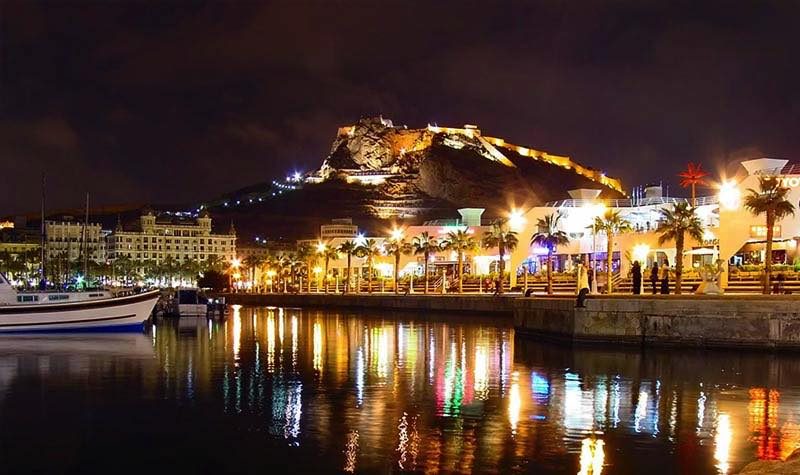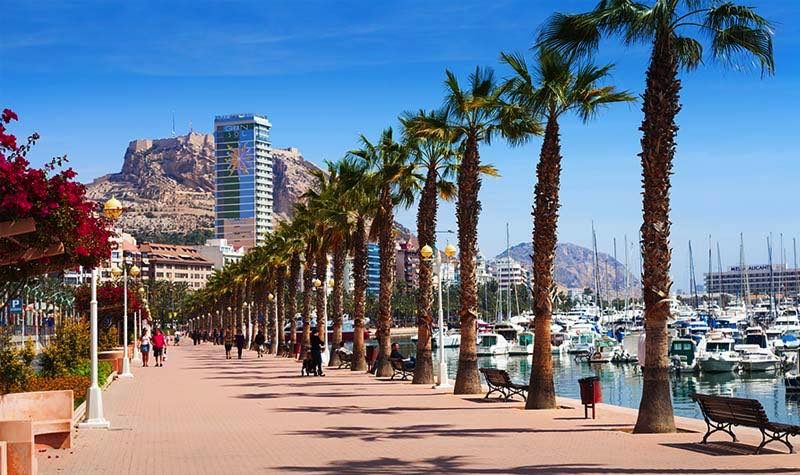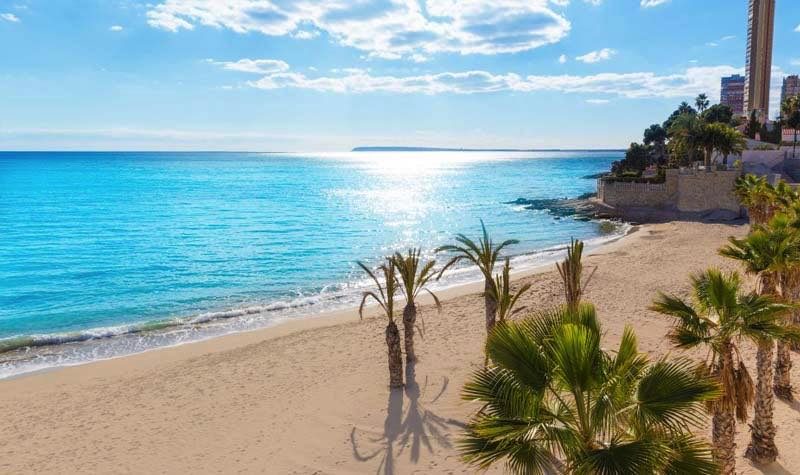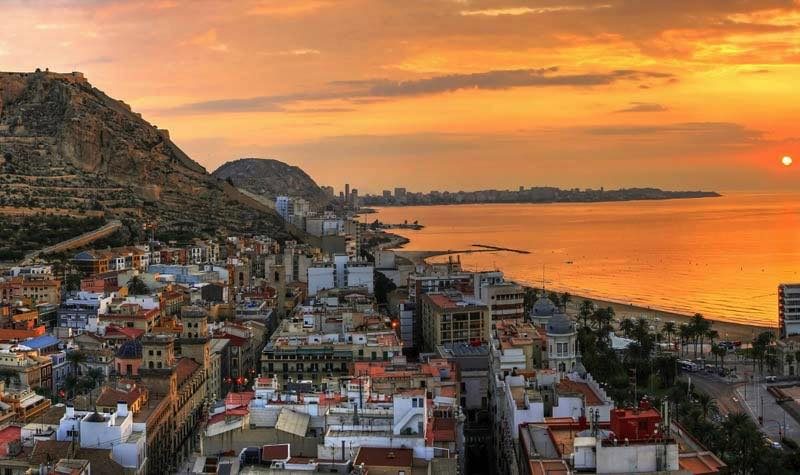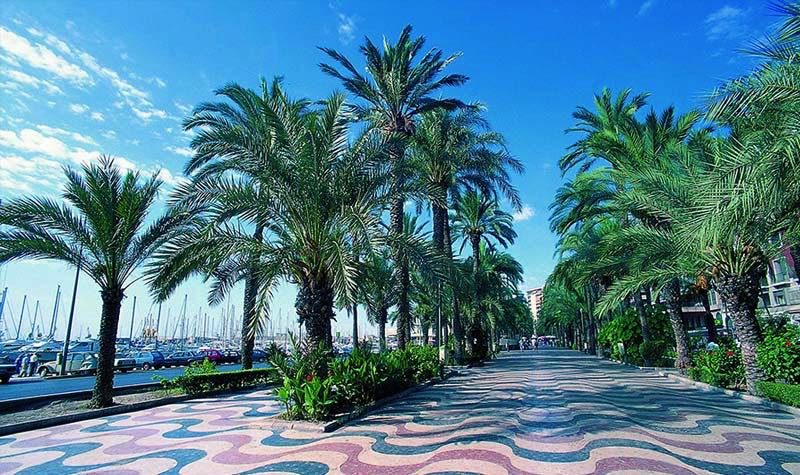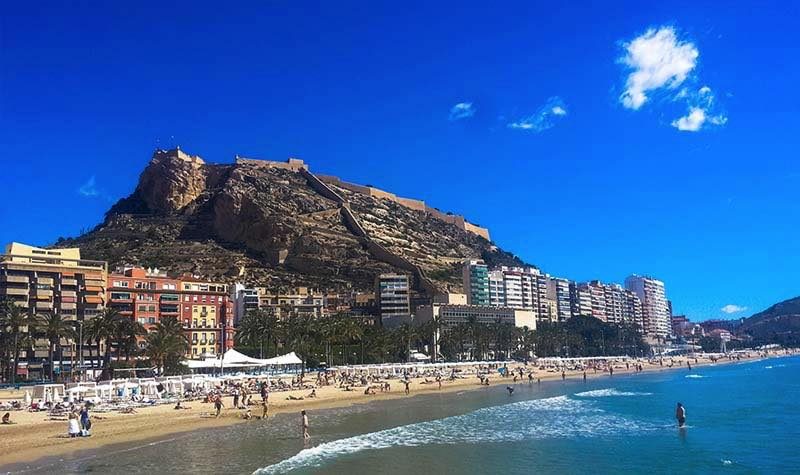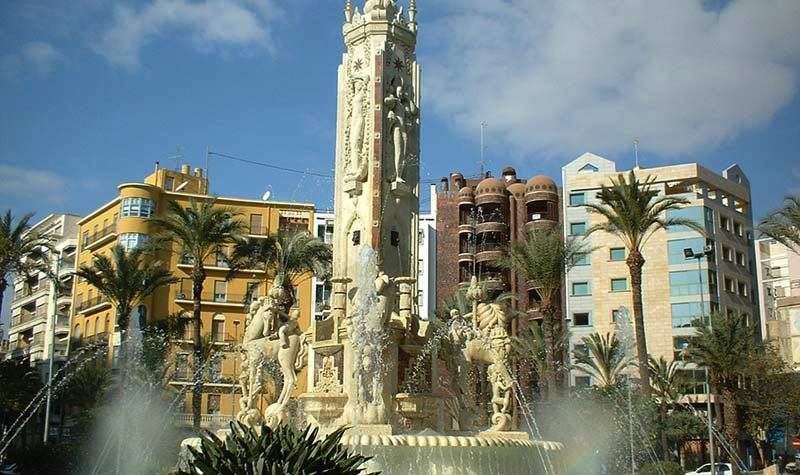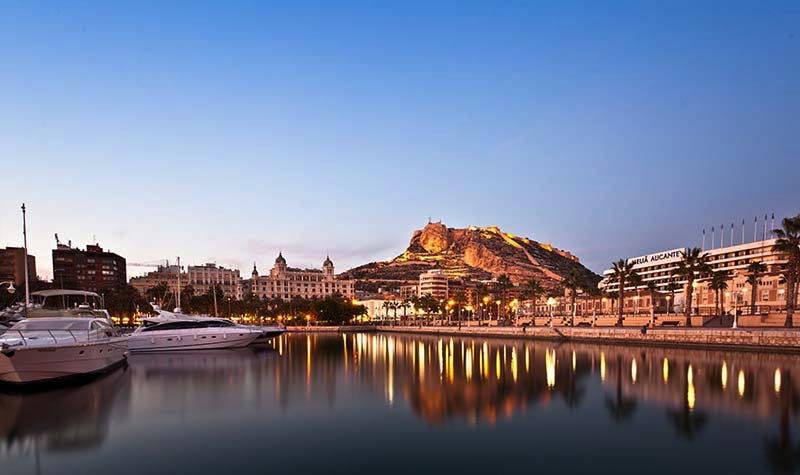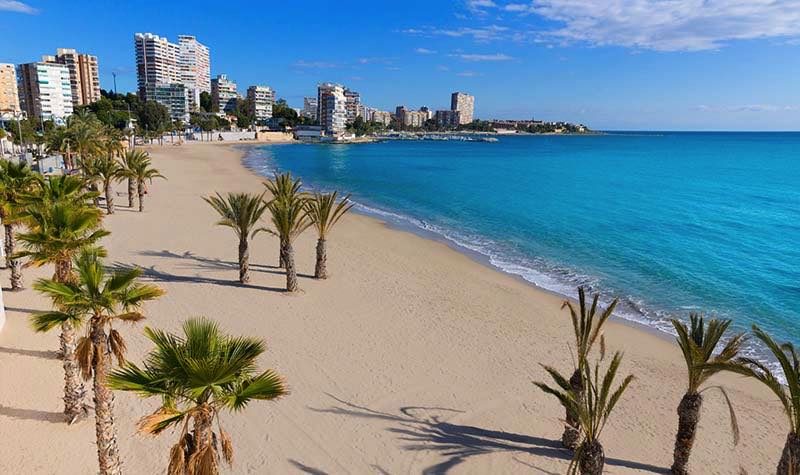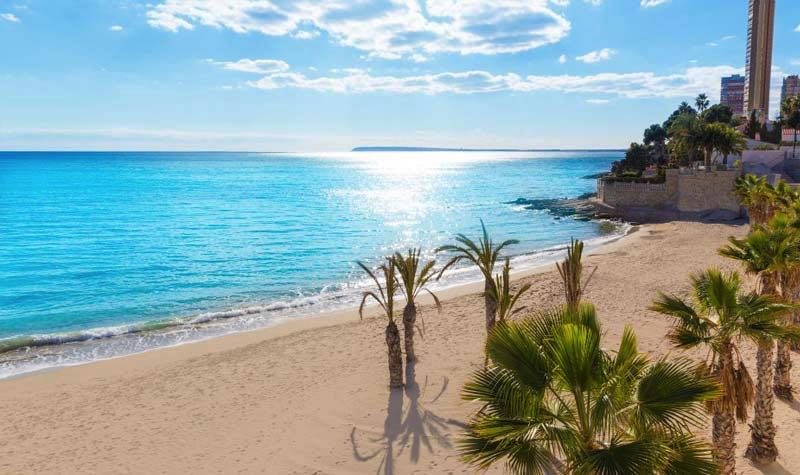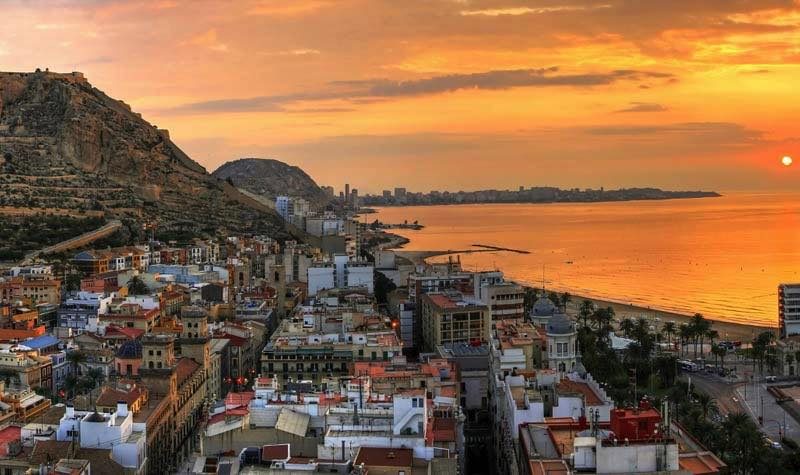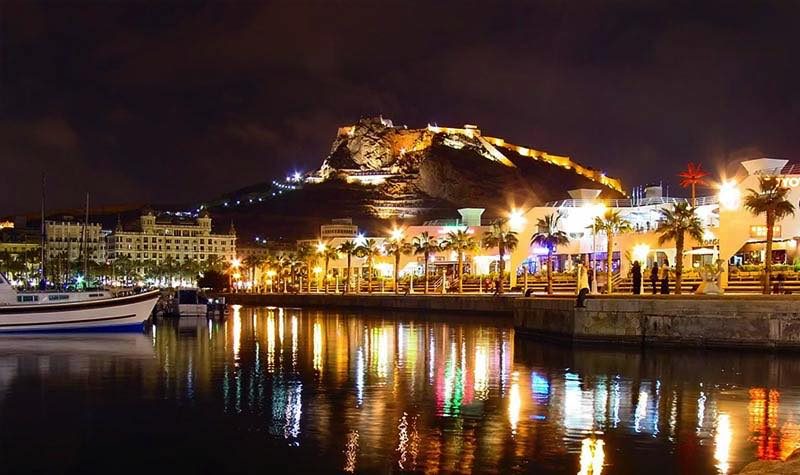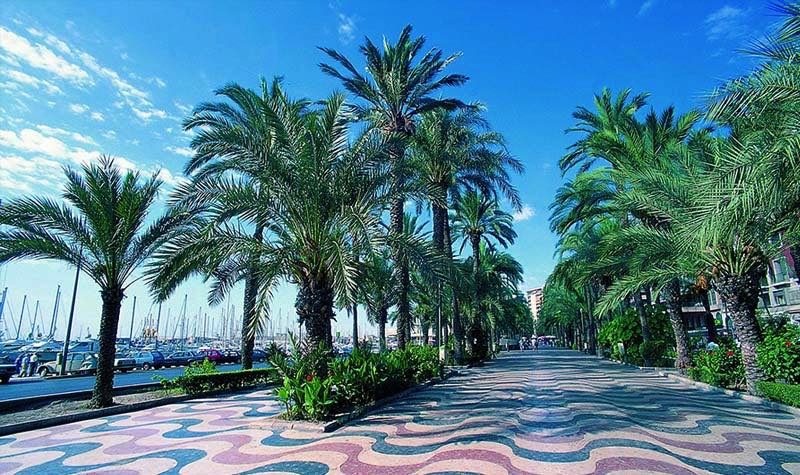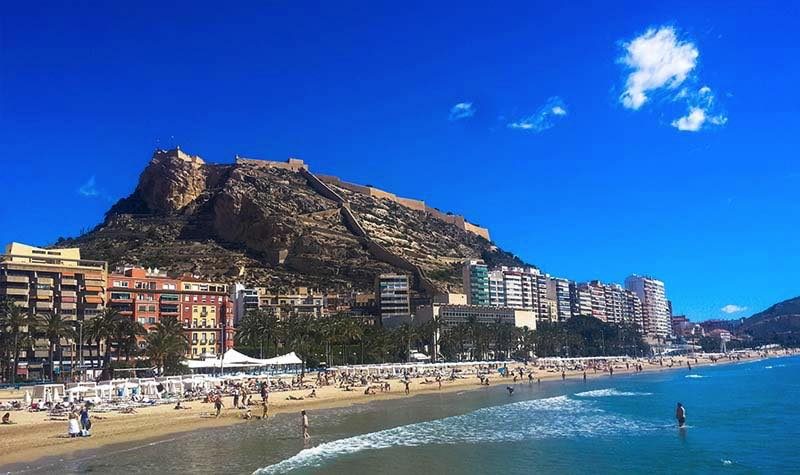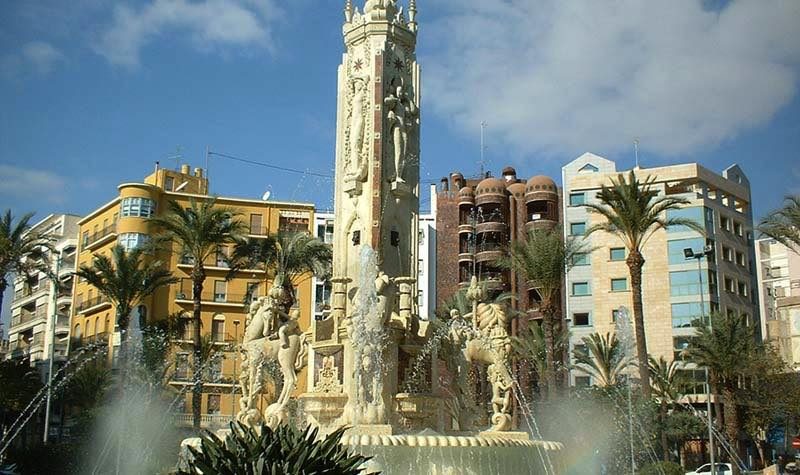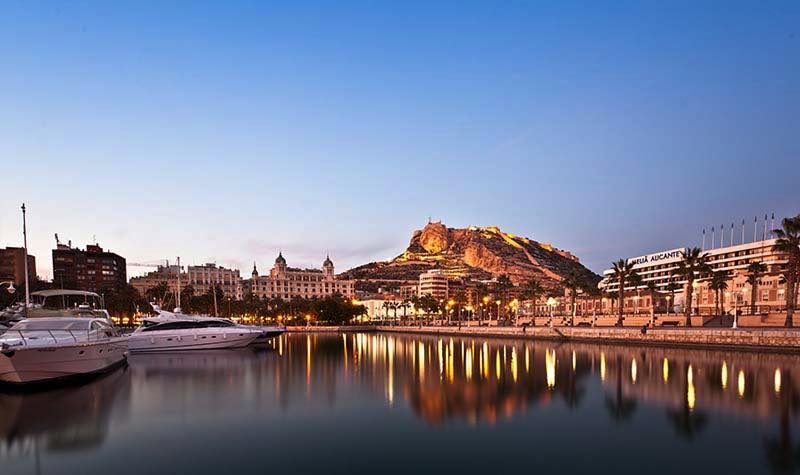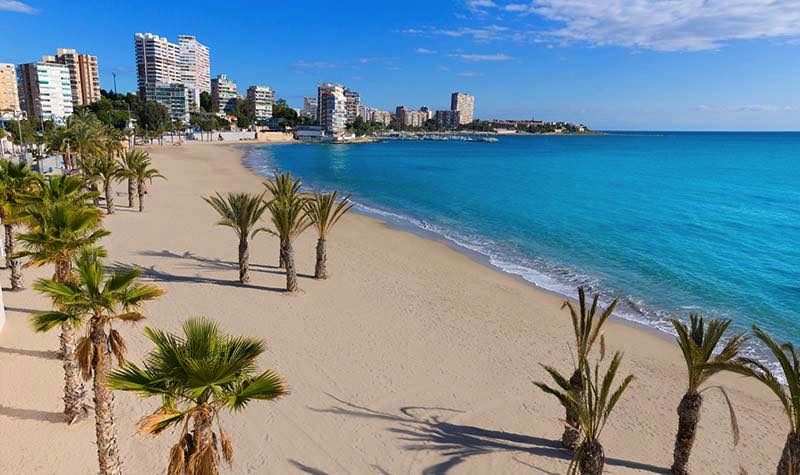Alicante
Alicante area description
Alicante is located centrally on the Mediterranean coast and in the middle of the Costa Blanca coast line.
The port has for centuries been the heart of Alicante. The importance of the commercial port has today given way to the impressive marina with all its facilities and surrounding restaurants and activities.
The City of Alicante has a permanent population of just over 300.000 that extends to almost 700.000 when counting the greater Alicante area and the summertime visitors. Most of the locals are working in the many service industries catering for the increasing number of Spanish and foreign visitors. Universities, theaters, museums, International schools, the International Airport and much more helps to create an international, cosmopolitan atmosphere whilst maintaining the southern Spains pace and tranquillity.
With more than 320 days of sunshine and an average temperature of around 20º you can enjoy mild winters and warm summers at your leasure.
The history of Alicante can be dated back more than 7000 years. The first settlers were hunter/gatherers. After a period of Roman rule the Moors controlled Alicante in to the 13th century. Various Spanish local kings and rulers then controlled the area until modern times.
The original name of Alicante was Lucentum which translates to City of Light.
Arriving at the international airport located only a few kilometres from city center Alicante you can avail of various offers of public transport and well priced taxi services. From the central train station you have easy access to Madrid,Valencia, Barcelona and most other Spanish cities. Apart from a substantial local bus network you can also use the local train (TRAM) service that covers most of the city.
Shopping
Most national and international brands are to be found on the main shopping street Maisonave. Smaller boutiques and specialized shops are located in the area of El Bario and La Rambla.
On the edge of the harbour you can walk the Esplanada with its many small stalls offering quality local art and craft.
Beaches
Some of Alicante’s best tourist attractions are its excellent beaches. Year after year they receive the Blue Flag award by the European Union, which earns them well deserved international recognition; San Juan beach, The Cabo de las Huertas coves, Almadraba beach, Albufereta beach, City center Postiguet beach, Saladares-Urbanova beach.
Restaurants
The city of Alicante houses a diverse selection of restaurants, ranging from typical fast food outlets, international delicacies, to the traditional exquisite Spanish cuisine and lively Tapas bars. The most renowned dish in Alicante is the seafood favourite, Paella, and if not all, the majority of the Mediterranean themed restaurants offer this delicious dish. More expensive restaurants are mostly located by the port (El Puerto). However, a lot of reasonably priced restaurants still provide excellent food, wine and service. The quieter neighbourhoods offer a significant amount of low budget restaurants, which are worth a visit.
What to do and what to see in Alicante
Among the churches of Alicante is the Iglesia de Santa Maria, which is the oldest church in the city and was built between the 14th and 16th centuries. The church houses many important works of art.
The Castillo de Santa Barbara is one of the largest medieval fortresses in Europe. It occupies the entire summit of the Benacantil mountain. The present buildings dates back to the 16th century but original parts has been traced back to the 7th century. The Entry to the castle is free of charge and you can easily spend the best part of a day walking round
The bullring in Alicante (Plaza de Toros) is one of the oldest in Spain and is still in use.
Museums of interest are Museum of art and the Museum of archeology. The cities Town Hall (Plaza de Ayuntamento) also has a lot of interesting history and architecture.
Tabarca is the only inhabited island in the Region of Valencia and is located opposite the city of Alicante. It is approximately 1,800 metres long and measures some 400 metres across at its widest point. The walls surrounding the town have been officially declared a Historical and Artistic Site and an Asset of Cultural Interest. Once on the island, visitors can enjoy the coves and beaches with their crystal-clear waters and a picturesque fishing port with excellent eateries offering the opportunity to try the traditional “caldero”, the island’s typical dish. We recommend a stroll through the town and a visit to the island’s museum. There are numerous departure times from the port of Alicante.
Alicante has a wide variety of offers for the activity seeking visitor.
You can enjoy a number of interesting golf courses in the area. Many of these are designed by famous names such as Seve Ballesteros, José María Olazábal and Nicklaus Designs.
Use the following links for more detailed information.
http://www.costablancagolfcourses.com/costa-blanca-north-golf-courses/
http://www.golfinspain.com/eng/golf-map/costa-blanca/courses.html
http://www.eurotourguide.com/en/costa-blanca-north/travel-guide/costa-blanca-north-golf-courses
Heading inland offers fantastic cycling routes for both the exited beginner and the experienced almost pro, looking to maintain the fitness level. Check http://www.wikiloc.com/trails/cycling/spain/valencian-community
Alicante is the perfect destination for the year-round enjoyment of water sports such as jet skiing, sailing, diving, snorkelling, surfing, windsurfing, competition fishing and waterskiiing all year round. You can try your hand at any of these activities by dealing directly with the companies that offer them.
Alicante Tourist Information
Address:
Patronato Municipal de Turismo y playas de Alicante
Alicante Tourist Board
C/ Cervantes 3
03002 Alicante. España
Tel: (+34)965 14 34 52
turismo@alicanteturismo.com
